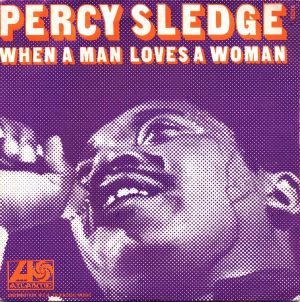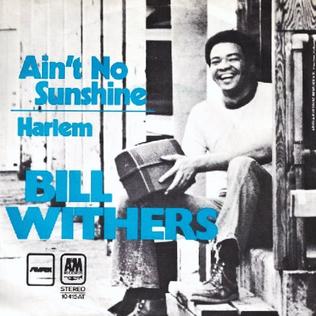From 1958 to 1960, Ben E. King was the lead singer of The Drifters, scoring hits with “There Goes My Baby,” “Save the Last Dance for Me,” “This Magic Moment” and “I Count the Tears.” He suggested to the group’s manager, George Treadwell, that they record the spiritual tune “Stand by Me Father,” but Treadwell turned him down. King also asked Treadwell for a greater share of the group’s royalties. Again, Treadwell turned him down. King said goodbye.
King left the group after recording just thirteen songs with them. He soon made the top ten as a solo act with 1961’s “Spanish Harlem.”
Around that time, King was working on a song based on “Stand by Me Father.” He had some lyrics and a melody. He finished the lyrics with his producer, Jerry Leiber. Leiber’s songwriting/production partner, Mike Stoller, added some chords behind the melody, as well as a bass line.
Per Leiber, it’s that last addition that makes Ben E. King’s “Stand By Me” a classic. “The lyrics are good, King’s vocal is great. But Mike’s bass line pushed the song into the land of immortality. Believe me – it’s the bass line.”
“Stand By Me” kicks off this week’s Throwback Thursday playlist, spotlighting hits from 1961.
Click here to like Tunes du Jour on Facebook!
Follow me on Twitter: @TunesDuJour


